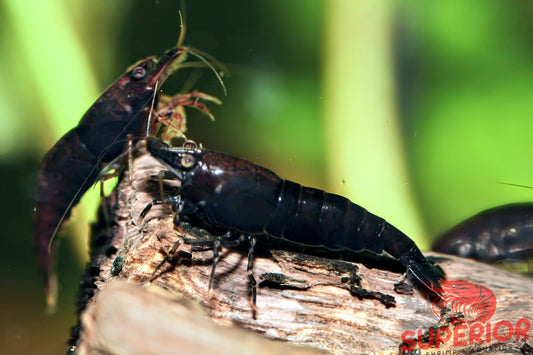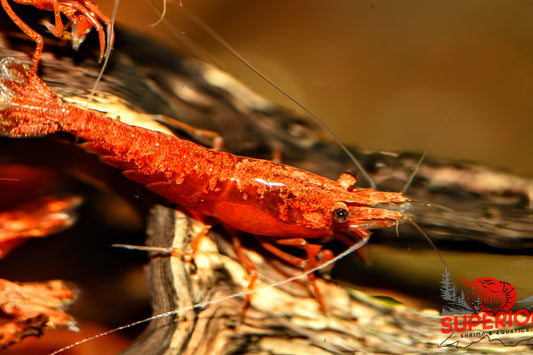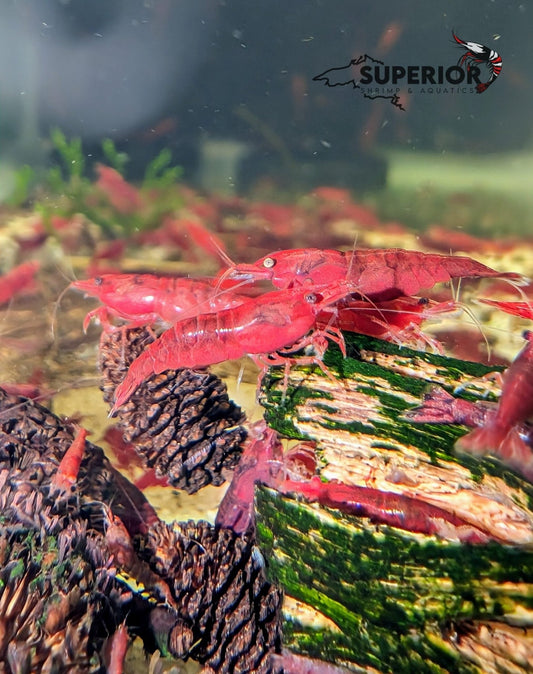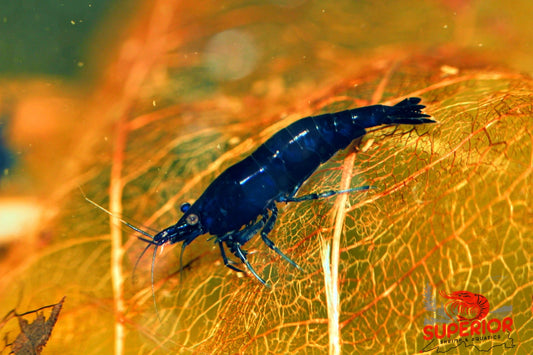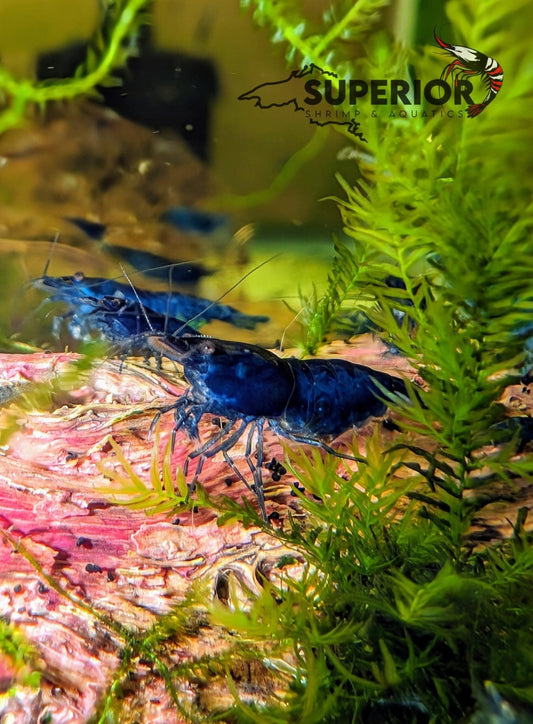Phyllanthus fluitans, affectionately known as the Red Root Floater, is a floating freshwater plant native to the slow-moving rivers and still waters of the Amazon basin. Though it belongs to a mostly terrestrial genus, this aquatic rebel has gone fully floaty, turning the aquarium world upside-down—literally. With pillowy leaves that range from pale green to deep crimson and roots that dangle in dramatic scarlet flair, this plant isn’t just an accent—it’s an experience.
Red Root Floaters thrive under high light and low flow. Bright, full-spectrum lighting (especially red and blue wavelengths) intensifies both root and leaf color, transforming them from a modest green to vibrant reds. Under subdued light, the plant remains mostly green, though still lovely—more modest than magnificent. For that coveted ruby glow, aim for strong LED fixtures and low surface disturbance. They dislike being splashed and will pout if leaves stay wet for too long—think spa guests, not storm chasers.
Nutrient-wise, these floaters feast through their roots and leaves. Liquid fertilizers rich in iron and potassium are essential to fuel growth and coloration. While CO₂ isn't required, supplemental carbon can encourage lusher, faster development. Iron in particular plays a key role in bringing out that fire-engine red. If leaves are staying pale or the plant seems stuck in neutral, it's likely asking for more micronutrients or more light.
Water parameters are refreshingly flexible. A temperature of 72–80°F (22–27°C) suits them best, with a pH range of 6.5 to 7.5. They prefer soft to moderately hard water, and they absolutely love stillness. Avoid strong filters or bubblers that jostle the surface; calm waters make for happy floaters. If you must run a current, consider using floating rings or barriers to give them a serene corner.
Propagation is charmingly simple: Red Root Floater naturally produce offshoots, which develop into independent plants. Gently separating clusters allows them to spread and create dreamy floating mats. Given the right conditions, they’ll multiply with delightful enthusiasm—sometimes too much. Overgrowth can block light to submerged plants, so occasional thinning is a must. Use a fine mesh net or just your fingers to harvest extras—no special tools needed.
Careful attention should be paid to balance: too little light and they lose color, too much splash and they disintegrate, too few nutrients and growth slows. Leaf melt is a common issue when surface tension is high or humidity too low. They do best in enclosed aquariums or tanks with covers that retain moisture, preventing leaf desiccation. For open-top aquascapes, ensure ambient humidity is on the higher end, especially if your air is dry.
One of their clever tricks is leaf shapeshifting: in high light, leaves become more convex and cup-shaped, better for collecting light and avoiding overlap. In lower light, they flatten out, maximizing surface exposure. This behavior, combined with their color-shifting prowess, makes them a dynamic visual element—part plant, part performance art. Their trailing red roots also provide shelter and shade for fry, shrimp, and other small aquatic creatures, making them a functional choice for breeding tanks as well as decorative aquascapes.
Originally described in 1821, Phyllanthus fluitans continues to charm aquarists worldwide, and it’s easy to see why. Its lush floating canopies, fiery colors, and graceful root veils make it a standout choice for aquascapers who want both beauty and utility. Keep them still, keep them fed, and keep them lit—and they’ll reward you with a floating forest that glows like a tropical sunset.
